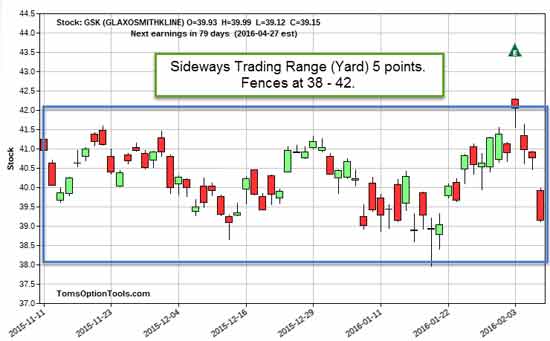Options are best tools to position trade and manage risk, but finding an accurate strategy is challenging. Beginners need to first understand options and their working before selecting a strategy.
Option trading provides holder a right to buy or sell an underlying stock, at a definite price on or prior expiration period.
Two kinds of options
- Call – Gives right to buy.
- In-the-money call, when strike price is less
- At-the-money call, when strike price equals
- Out-of-the-money call, when strike price is high
When you decide to buy an option, loss level is limited to its price.
- Put – Gives opportunity to sell.
- In-the-money put, when strike price is high
- At-the-money put, when strike price equals
- Out-of-the-money put, when strike price is less
When you sell naked option then risk loss is hypothetically unlimited.
Options are used to hedge a current position, and start a directional play. In certain spread strategies, they can be applied to predict direction volatility. It helps to measure the risk percentage, you take. Risk evaluation will depend on selection of strike, volatility and its time value.
Pick proper options trading strategies on the basis of your market insight and goal.
Covered call (buy-write)
Investors hold long position of an underlying asset and sells (writes) call option for that same asset. It is applied, when the trader has short term neutral vision on the asset. On reward versus risk front, maximum revenue is limited and loss is substantial. Increase in volatility affects negatively and vice versa.
Bull and bear spreads
Bull call and bear put spreads are known as vertical spreads as they include two different strikes and take place in the same month. Unlike covered call, risk with bull & bear spread strategies can be easily quantified.
In bull call spread, you call an underlying option and at the same time write a call on same asset having same expiration period but high strike rate. You can use this strategy, when the market for specific asset is likely to rise.
In bear put spread buy an underlying asset and simultaneously write a put on that same asset with same expiration date but low strike price. This strategy is appropriate, when market is predicted to collapse instead of rise.
Calendar/time spreads
In calendar spread, traders enter a short and long term position simultaneously on the same underlying stock but with different expiration dates. Time eats option value more quickly as expiration date gets closer. Long calendar spreads offer a limited risk. Profit from increase in IV can be attained therefore is considered as more advanced option strategy. Calendar spreads lose, in case underlying asset moves very far in any direction.
Iron Condor
For new traders iron condor is a safe way of sell options because it is designed to have increased probability of earning small, limited profit, during low volatility.
Using options that expire on same date allows you to build an iron condor by selling at low strike OTM put and buying a more low strike OTM put, selling high strike OTM call and buying another even high strike OTM call. It results in net credit to put. Maximum profit is achieved when underlying asset price expires between strikes of call & put sold. All options expire worthless, at this price.



